from our August 2014 issue
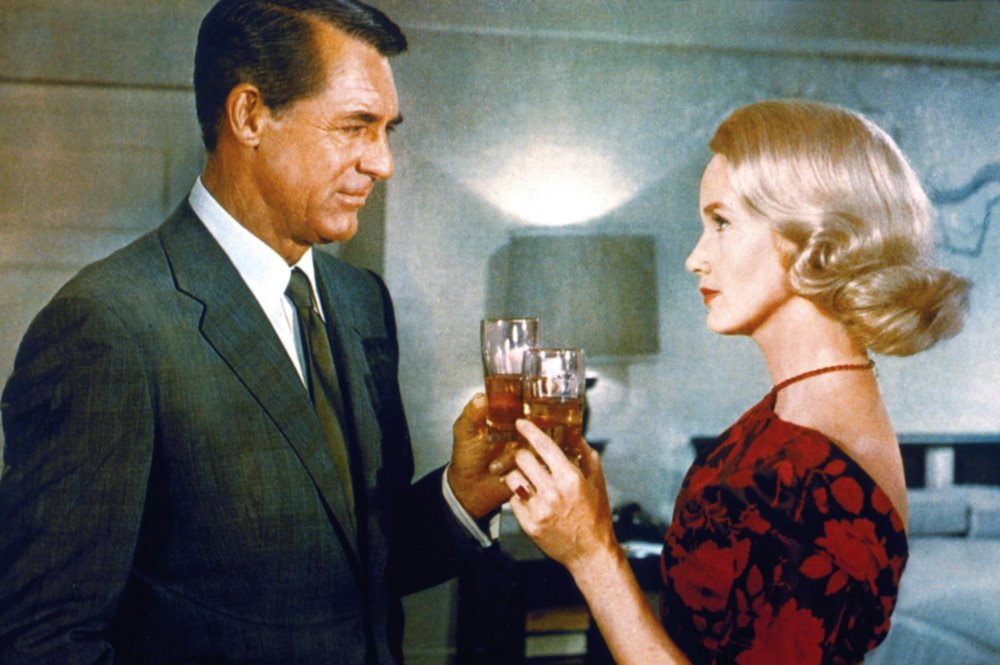
Mr Right? Left-handedness can play a subtle role in differentiating a character on screen, as Hitchcock was no doubt aware in casting ‘lefties’ Cary Grant and Eva Marie Saint in North by Northwest
Let’s start with a quiz question: what did Roger Thornhill and Eve Kendall have in common? You can carry on with the game if you identify them as the leading characters in North by Northwest. But what do they share beyond screen time in that enchanting film? No, the same sleeping compartment on the 20th Century train is not enough. Nor is their common plight on the slippery faces of American presidents at Mount Rushmore.
If you want a clue, I’ll say that the link shows up when he shaves in the bathroom at the LaSalle Street rail depot in Chicago and when she notes the address where the art auction will take place, the one that starts with her blonde hair and Vandamm’s right hand caressing her neck and shoulder. ‘Hand’ is a nudge. You see, Roger and Eve are both left-handed. So were Cary Grant and Eva Marie Saint.
‘So what?’ you say. He’s surely not going to write a whole essay about being left-handed in the movies! After all, left-handedness is just a fact of life, isn’t it? It’s no more indicative or revealing than being red-haired, black or gay. These things happen.
Of course, but still, it’s foolish not to notice them. You see, appearance (and its impact) is a vital part of watching a movie, and it’s sensible to see that Eve and Roger are both lefties, even if Eve might have been played by Deborah Kerr, Dorothy Dandridge or… Katharine Hepburn? Now, you may be left-handed and so, quite properly, you refuse to hear any suggestion of flaw, demerit or culpability just because of that. Still, you may have heard the curious history of being left-handed.
In that photograph where Lyndon Johnson is being sworn in as president on the aircraft flying back to Washington from Dallas, which hand has he raised? ‘Heil Hitler’ required the right arm – only disability or amputation permitted the left.
In how many courtroom films have witnesses heard the routine phrase, “Raise your right hand”? I can’t believe that many oath-administering processes would actually object to the left hand being used. A gesture is just a sign. But still I hear the refrain, and I realise that left-handed people are expected to offer their right hands on being introduced to someone. It’s not a huge intrusion. So the right handshake of greeting is proof that it does not hold a weapon? Is that why Billy the Kid had the drop on so many people, because he was a left-handed gun?
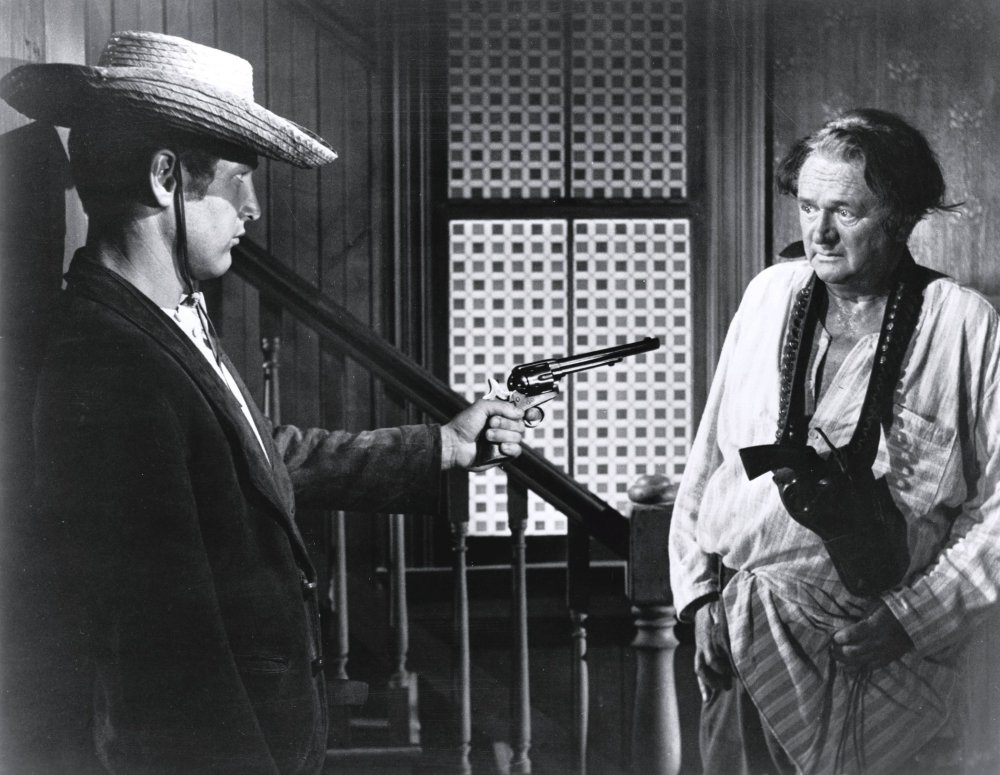
The Left-Handed Gun (1958)
I hope no child today is victimised or bullied for being left-handed, though that’s a recent reform. You still meet people of a certain age who recall the embarrassment and pain they felt at being told to write with their right hand and not the left. A left-handed compliment is one you’d rather not receive. Left is very close to being gauche. ‘Sinister’ derives from left-handedness and its sense of attendant evil (or devil).
And in the United States being a leftist is still frowned upon: no one could get elected president if he admitted to leftist ideas. Yet in the years since 1945, Harry Truman, Gerald Ford, Ronald Reagan, George H.W. Bush, Bill Clinton and Barack Obama have all been lefties. I’m not sure who keeps count of such things, but left-handedness is still reckoned to be a characteristic of only ten to 15 per cent of human beings (the number is mounting). So six presidents in 70 years could be… a plot? Or is it any odder than two stars in one film being left-handed? (If you’re beginning to feel insecure, I hasten to reassure you: James Mason was the odd man out in North by Northwest, a righty.)
To stifle any fear that I am down on southpaws (where did that word come from?), just glory in this list of left-handers: Aristotle, Michelangelo, Mozart, Beethoven, Goethe, Mark Twain, Einstein, Kafka, Chaplin, Astaire, Garbo… Kermit the Frog.
Levity aside, I come to a more delicate issue, and one where subjectivity cannot be eliminated. Do left-handers look different? The ultimate delicacy in that question is not so much toward the feelings of left-handed people, but in how we think and feel about what we are seeing. In North by Northwest, in the scene in which Thornhill/Grant is shaving, there is another man beside him doing the same thing. The other man turns to stare, because Roger is using Eve’s ladies’ razor. But within the frame there is this added tension: that there are two ways to go – naturally, and Roger’s, which is the least common.
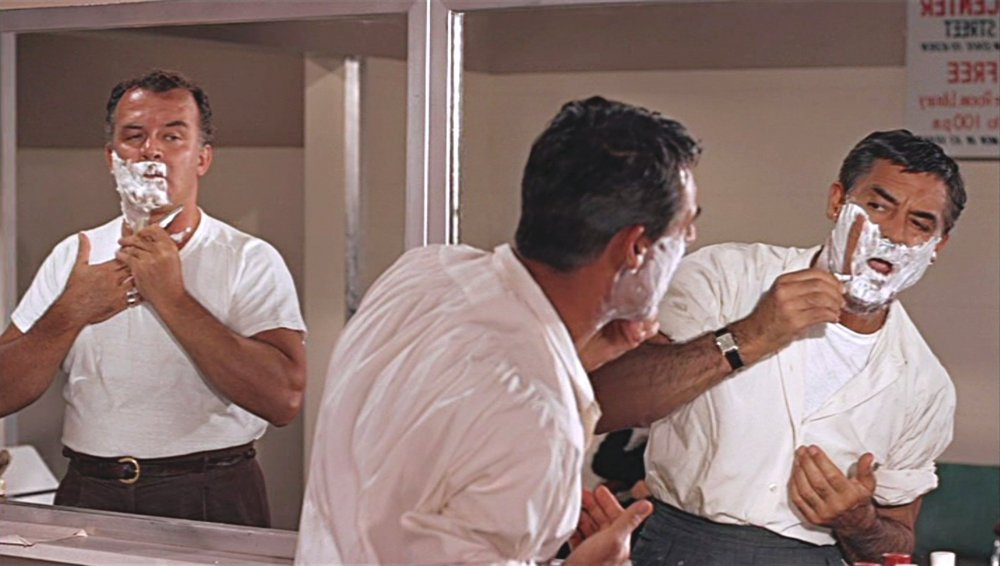
North by Northwest (1959)
Grant’s hair was always parted on his right. He works the phone with his left hand; he writes that way; he does the most ordinary, everyday things that way – and we came away from 40 years of inspection convinced he was an unusual man. You can put that down to excellent scripts and the best directors. You can say his wit and intelligence were out of the ordinary. You can even argue (from life) that he was a man with abiding anxieties: the truth about his mother; his own sexual inclination; whether he was English or American; how much to tip.
I’m wary of this biography, and warier still of making generalisations about left-handedness. But I believe it is a part of Grant’s angle of looking, an elegant slanting uneasiness, impossible to describe or to miss.
If you think that’s fanciful, just look at the scene in North by Northwest where Roger is seated at Eve’s table in the train dining car. That’s not incidental: she tipped the waiter $5 to have him put there – today it would take $20 (if trains had dining cars – the 20th Century ceased in 1967). The scene is piquant, or unnatural, in so many ways: the mere fact of them being put together; the uncanny amount Eve knows about Roger; the nearly insolent way in which she offers herself sexually; and the extent to which this plays upon his childish irresponsibility – a subtext in North by Northwest is Roger’s need to be educated.
Of course, the scene is sexy and comic at the same time, but it is subversive too (especially in 1959) of so many of our polite expectations. The scene climaxes when he lights her cigarette. This is a tender, intricate embrace: his left hand with a match, her left hand holding the cigarette.
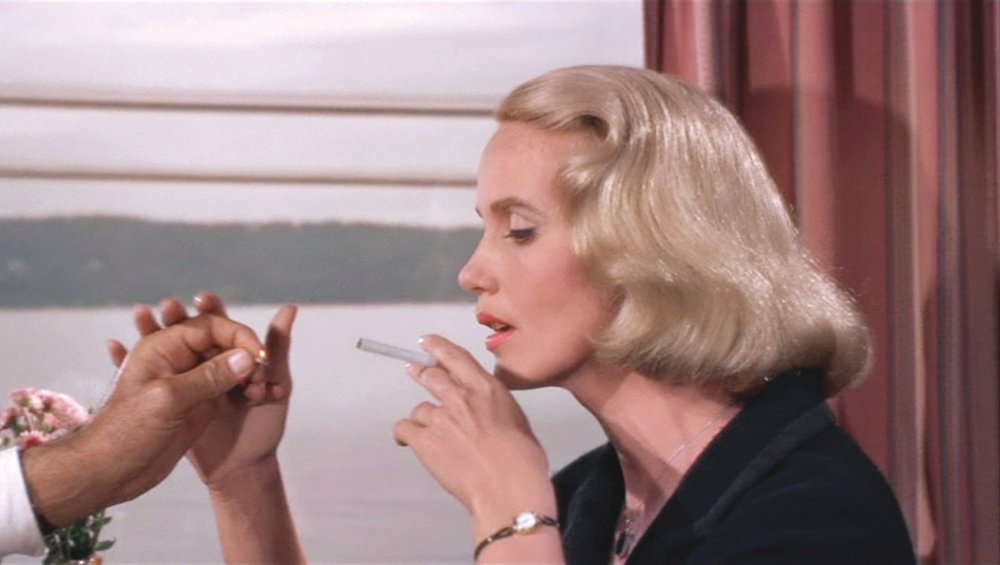
North by Northwest (1959)
At the same time, this is very textual and soaringly suggestive. I have no idea whether Hitchcock cast these two because they were left-handed – there were so many other reasons for using them, not least the chemistry they found together. But I trust that very watchful man enough to guess that he noticed it and used it. It’s hard to be technical in explaining this, but the unreliability or immaturity in both characters – she is a spy, he is a child – is borne out, in part, by their left-handedness and what that ‘means’ in a frame.
Just think of that moment when Eve takes a note on the phone. She writes with her left hand (of course), but it is the nearly universal habit of left-handers to write left to right. Right-handers write that way – away from their body, as it were. But there are incidences of left-handers writing with their true naturalness, away from the body, right to left. Leonardo da Vinci had that ability, so that some of his work looks like mirror writing.
Now consider this – and I cannot propose it without using words that may be troubling. But if you photograph a left-hand writing in the right-handed direction, in towards his or her body, that action looks cramped, introverted or even neurotic. To compensate for what may be an age-old enforced thing, some left-handers have developed a ‘crabbed’ hand so that they are nearly writing upside down. Just watch. And realise that whenever a thing is filmed, anything that is watched is automatically stressed.
I might as well go all the way: I think left-handed actions can look awkward and feel a touch dishonest or enforced. Remember when Eve shoots Roger – isn’t that bold action made all the more surreal or suspicious because she’s left-handed?
Is that Eva Marie Saint’s fault? Of course not. How could anyone with that name be at fault? Why didn’t Hitch know what to expect after seeing the glove scene in On the Waterfront? And yet… suppose Hitch could have said to Ms Saint, “I’m sorry, but there’s just a little too much left-handedness in this picture. Could you shoot him with your right hand?”
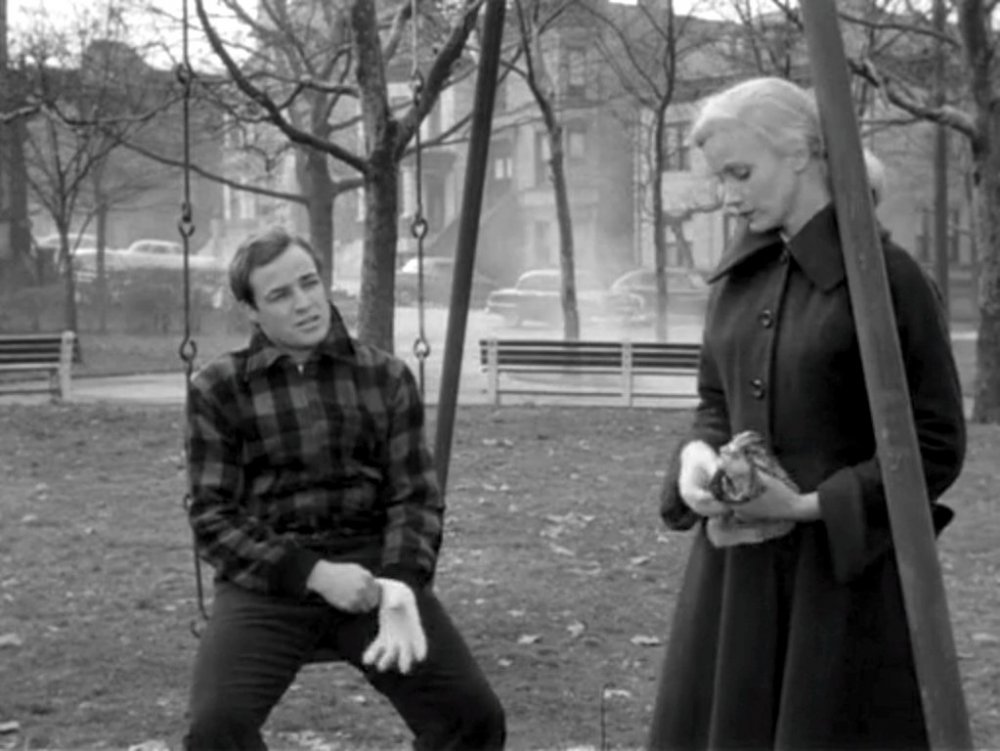
On the Waterfront (1954)
Now, you may say, that seems unfair or imposing on the actress. But then I remember that before making The Hours, where her Virginia Woolf would begin to compose Mrs Dalloway, the left-handed Nicole Kidman chose to employ her right hand because that was Woolf’s handedness and that shift seemed truer. The story goes that she took instruction from someone she knew – Tom Cruise, a zealous lefty.
That leads to a point of philosophy that grows larger the more you think about it. I refer to the vexed matter of personal appearance. Now, in my estimate, Kidman is very striking in The Hours, and I do not mean the artful nose, her dowdy clothes or the severe hairstyle. Those things are secondary to her attempt to imagine the pain of that English writer, and her emotional example in the pattern of the whole film.
But very few viewers knew or cared that Woolf had been right-handed, and no one that I remember had any objection that this Woolf was too tall, or that she sounded a little Australian or so unpatrician. If you have ever heard Woolf’s voice you would guess that a film imitating it would have been laughed off the screen as the character lost most of our sympathy.
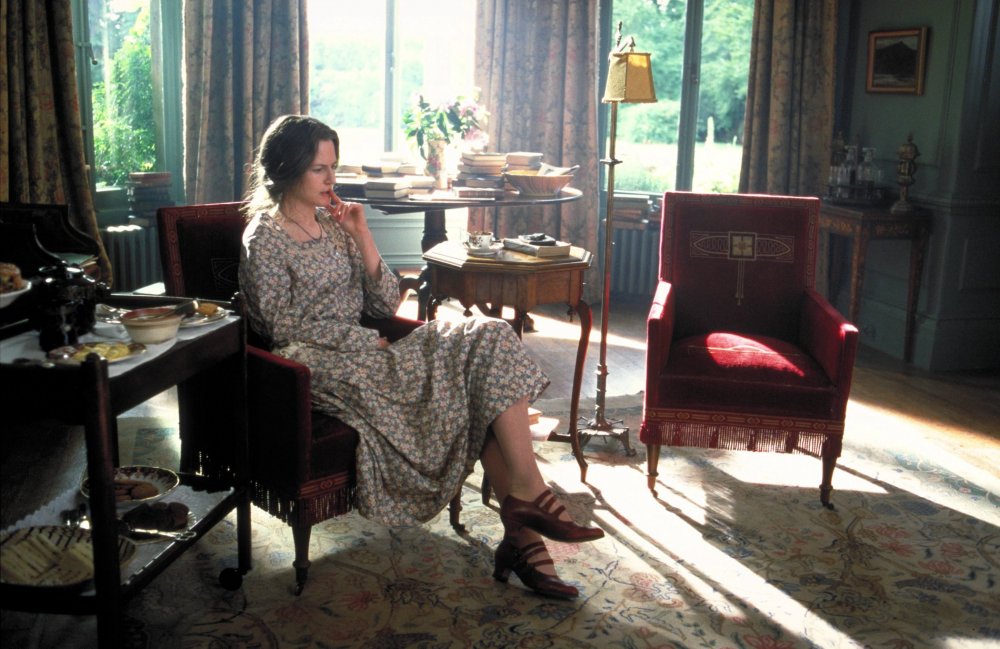
The Hours (2002)
But diligent imitation is often a touchstone in acting. In the 60s, when Laurence Olivier played Othello, he put on an elaborate dark make-up, he curled his hair and seemed to study Caribbean accents and how to deepen his own voice. The results were acclaimed.
For Raging Bull, Robert De Niro (a lefty) did two antagonistic things: he got into fighting shape for the bouts from Jake LaMotta’s heyday, and then he put on maybe 60 pounds of flab to be the fallen LaMotta trying to do his nightclub act. We responded to these efforts with enthusiasm, and because De Niro was then a passionate actor. He was awarded the Oscar.
For Moulin Rouge, Nicole Kidman worked to be singer and dancer and she achieved the bone-white flesh tone that suited the sickly Satine. But she didn’t insist on contracting consumption. De Niro stopped short of having six fights with Sugar Ray Robinson (or a modern equivalent). And Olivier did not live as a black man with a white wife in communities where that arrangement might make a black man uneasy or angry. If Morgan Freeman played Lear, I’m sure the audience would be eager to see him – though wouldn’t there be dismay if he put on white face to do it?
What I’m edging towards is a response to the frequent complaint that a movie critic should not make personal remarks about an actor’s looks. I have not seen Angelina Jolie in Maleficent yet, but it’s coming up and I can imagine pitfalls in writing about it.
Ms Jolie is beautiful, isn’t she? I know, that quality is in the eye of the beholder. But can’t we agree she’s at least good-looking, or pretty? She did take that name. In several earlier films, I’ll confess, I found her attractive – Girl, Interrupted and The Bone Collector, for example. In those films, there was a vulnerability in her semi-perfect, or neo-perfect face. And soon enough that face was being used in cosmetics advertising, and becoming an icon in magazines.
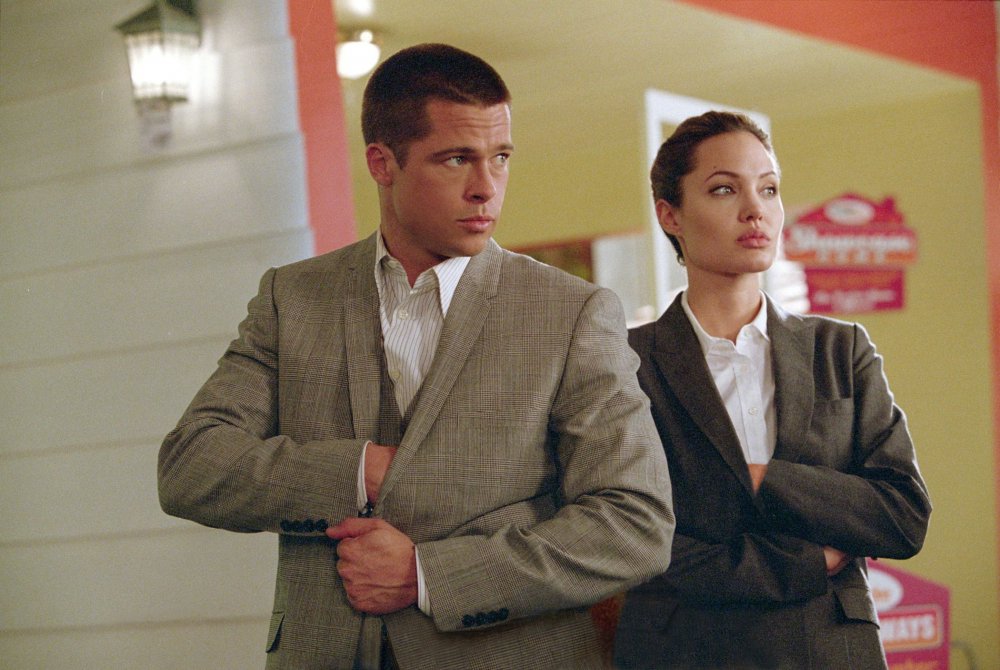
Mr. & Mrs. Smith (2005)
As time passed, and as Ms Jolie grew older and more celebrated, a kind of glaze came over her face. It felt to me as if she was being occupied by her own legend, so that the face (that soul for an actor) was becoming a touch less human and a degree more mythic. (Similar things happened with many great stars – Joan Crawford, John Wayne and even Cary Grant whose retirement came at a time when he faced the challenge of disguising ageing.)
So, it’s natural enough that Jolie should be cast as Maleficent, and surely the identity and the promotion of that picture are based on her image. So how can any writer tackle the task without addressing the history of her face – and I mean Jolie’s face, not the face of the character? (By the way, you may be interested to hear that both Jolie and Brad Pitt are left-handed.)
But if you insist that it is Jolie’s face, there are problems of decorum or tact. I will confess that I can hardly look at the hurt in Sylvester Stallone’s eyes without laughing. Equally, I have found it hard to ignore the way Norma Shearer seems to squint.
Now, I know that word is crude and unscientific. Probably she had nothing more than a minor and pleasing misalignment in her gaze. But it puzzled me that films did not incorporate that and use it as an inescapable aspect of character – in the way Sydney Greenstreet and Peter Lorre together make a sweet duet of different physiques and voices, almost as if they were the noir Laurel and Hardy. In short, how can we respond to a film without feeling what we see and hear – the actuality of the actors, a matter of hair colour, weight, height, voice and so many other factors, including handedness?
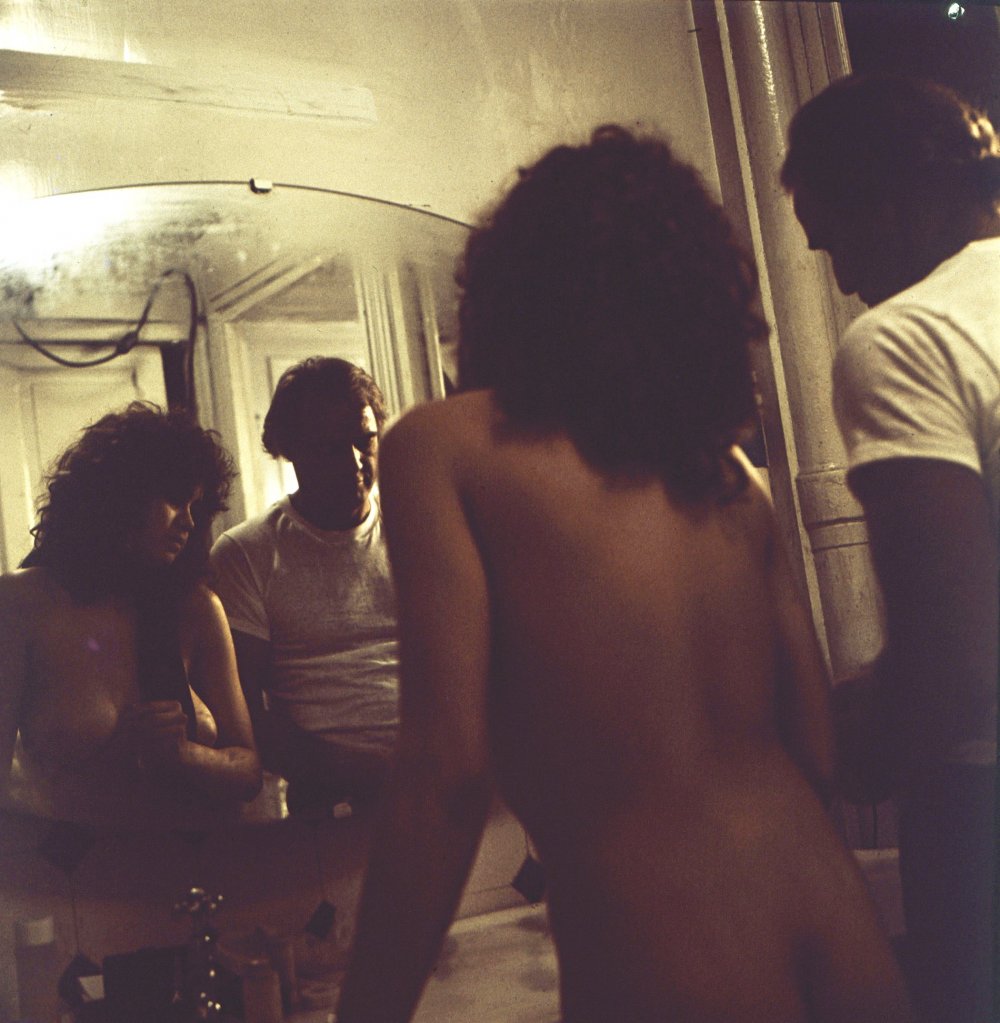
Last Tango in Paris (1972)
For example, in Last Tango in Paris, is it legitimate to address the film without a consideration of nakedness? The leading female character in that film is ‘Jeanne’. I am sure 1,000 young actresses could have played the part, if they were prepared to take off their clothes and be photographed without coyness, dismay or showing off.
Maria Schneider was cast, and she contributed the ripeness (is that word OK?) of her 20-year-old body to the film. She did this for $4,000. I’m not sure whether she gives a ‘great performance’ in Last Tango, but I believe her unequivocal physical presence is central to the picture. And I know that her part in it was measured in the film’s box office. When you recall that Dominique Sanda was once in line for the film – so much more guarded, so much less voluptuous (is that word OK?), and seemingly so much more experienced – you can see how a particular personality and appearance are not just decoration. It’s Maria’s body.
Should I add that Marlon Brando (at $250,000 plus points for the job) eventually declined to let the camera see Marlon Brando’s private parts because… well, because a male star needs his privacy? So Paul had to wear a coat (and a very eloquent coat it is).
It’s in that light that I find left-handedness increasingly intriguing. For it has the integrity of Kirk Douglas’s dimple or Herbert Marshall’s limp.
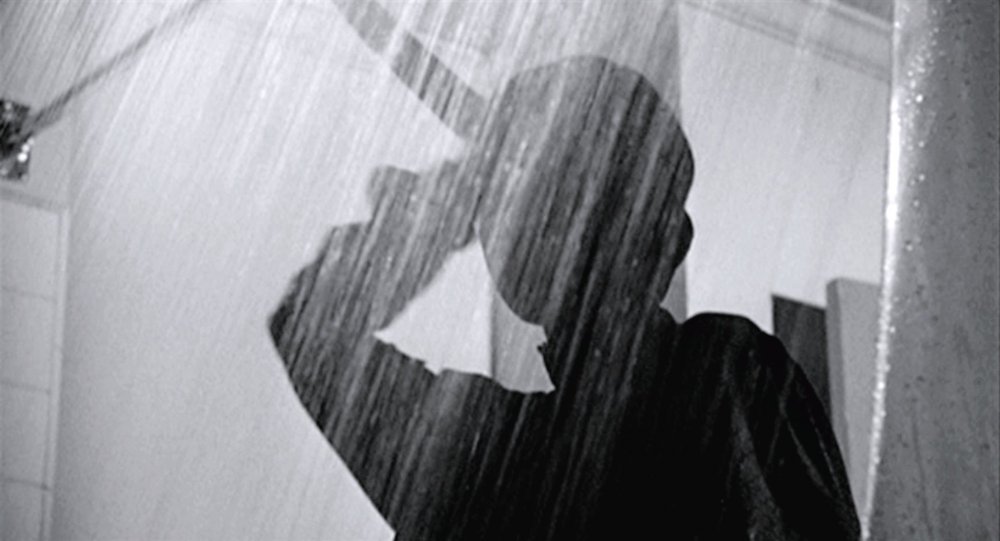
Psycho (1960)
You may say, after all, that left-handedness doesn’t matter at the lofty level of film commentary. You may be right, but I will just add that in the endlessly fascinating archive of auteurship, Alfred Hitchcock liked lefties as much as he did knives. Kim Novak in Vertigo (both of her) is left-handed. The same goes for Tippi Hedren in The Birds and Marnie. Anthony Perkins was left-handed.
But there we come to a special footnote. In Psycho, when Perkins is playing Norman – cleaning out the blood in the motel bathroom, eating candy – he is left-handed. But when he’s mother, using the knife – he’s right-handed. It’s another of those lurking jokes in Psycho. Mother’s not myself today.
-
Sight & Sound: the August 2014 issue

Richard Linklater on Boyhood, Steve McQueen on Do the Right Thing, action-blockbuster stars, China’s Fifth Generation, One Night in 1914 –...
-
The Digital Edition and Archive quick link
Log in here to your digital edition and archive subscription, take a look at the packages on offer and buy a subscription.




